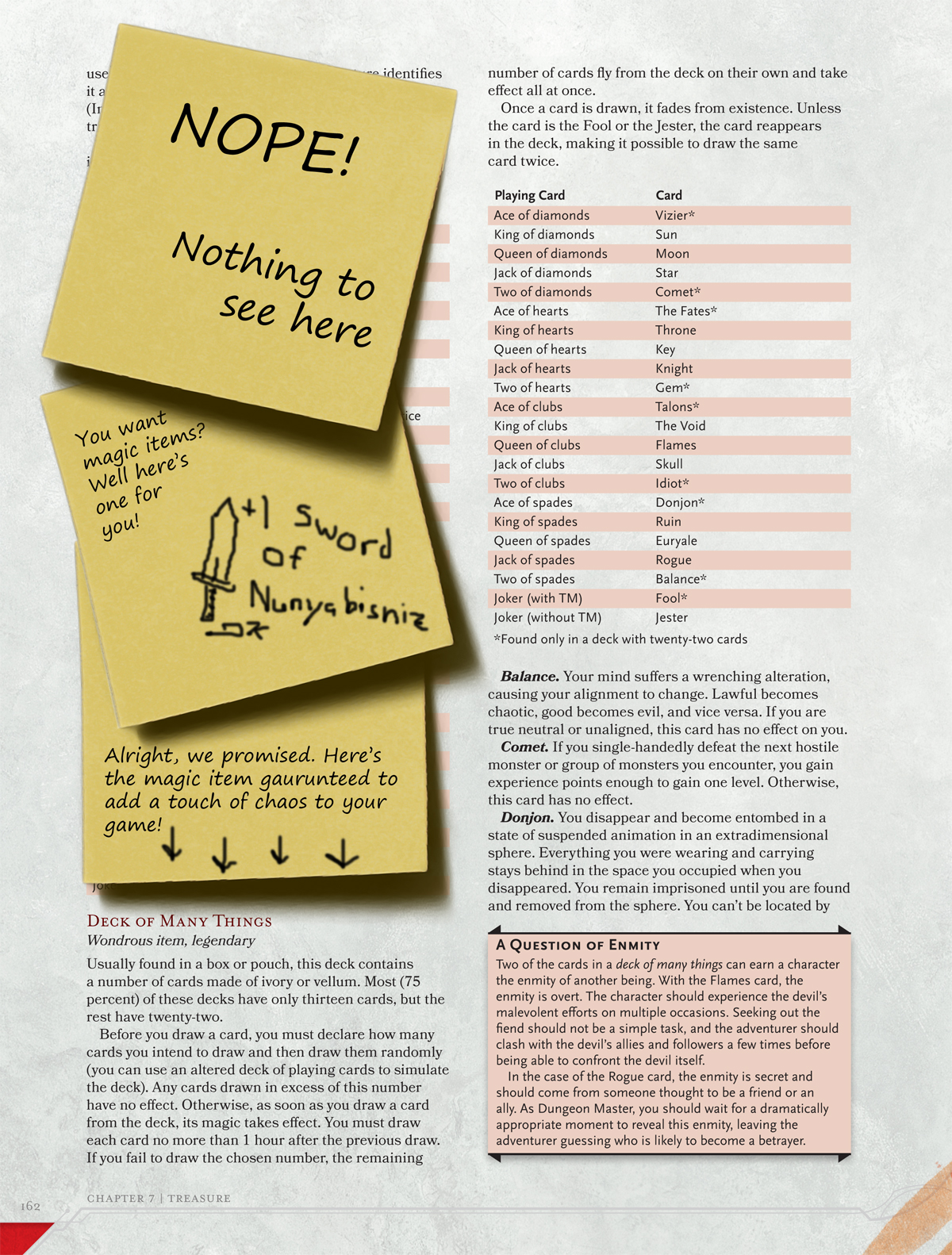


Mechanically, the largest change here is the removal of the modifiers found in previous editions. Previous editions had moved D&D towards a tactical combat system that prized structure and complexity with "story" becoming the thing that simply happened in the moments between multi-hour combats. In some ways, the new edition returns to the concept of the Dungeon Master (DM) as active storyteller. Where 4E created a highly-balanced but homogenized and codified set of powers for each class, 5E returns to more differentiated classes with their own sense of purpose and feel. The new edition eschews the complexity of 3/3.5 in favor of streamlining rules, and it removes cumbersome modifiers that slowed the game to a crawl. So, with more than a year behind it, how does the newest edition of D&D hold up for newbies and hardcore fans alike? The story thus farĭ&D’s 5th edition (5E), which was first previewed under the moniker of “D&D Next” as part of a public playtest with 175,000 registered players, forges a new direction in order to differentiate itself from D&D 3/3.5 and 4th editions.


For many gamers over the course of the game's existence, D&D has been the entry point into role-playing which sparks a lifetime of storytelling and adventure. No matter your edition or specific RPG of choice, today D&D continues to be the measuring stick by which other pen-and-paper games are judged, be it on sales, popularity, or even complexity. Since D&D’s latest release in August of 2014, many players and Dungeon Masters have rolled their polyhedrals in approval, and publisher Wizards of the Coast has grown its support for the world’s most popular role-playing game in ways you might not have expected.


 0 kommentar(er)
0 kommentar(er)
